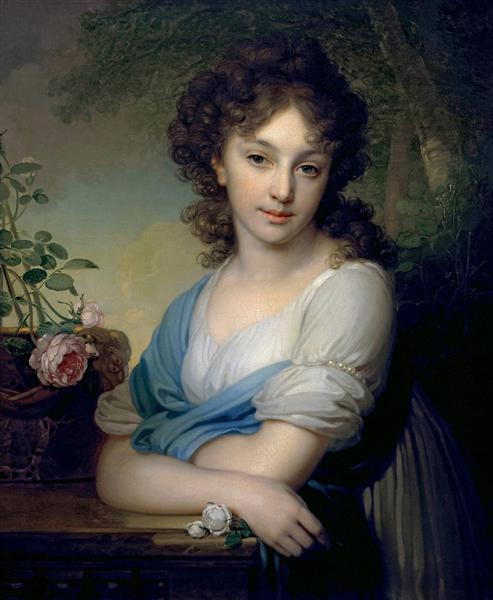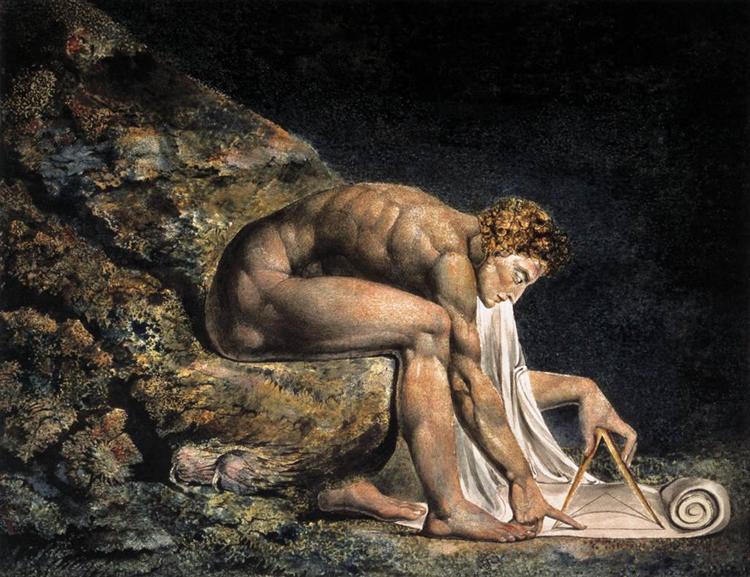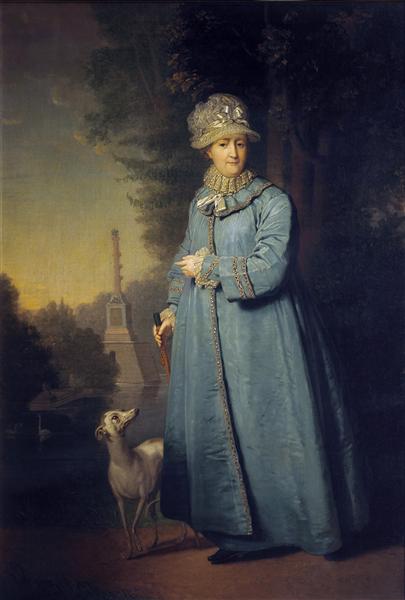
From early childhood, the life of Vladimir Borovikovsky was associated with painting. His father and brothers were icon painters, it was they who instilled in the little boy a love of the fine arts and taught him the basics of artistic skill. Later, after serving in the Cossack regiment and retiring, he finally devotes his life to painting. He performs work on the design of temples, paints icons, and later begins to take orders for the creation of individual portraits.
As a skilled portrait painter, Vladimir Borovikovsky could not ignore the extraordinary beauty of the daughter of the chief chamberlain A.L. Naryshkin, Elena, and in 1799 paints her magnificent portrait.
Elena Naryshkina, who was the maid of honor of the Empress, was destined for a difficult fate. At the age of 15, she had to marry Prince Arkady Suvorov, who did not pay attention to his family at all, but after his death, eleven years later, he left the young widow four small children. After some time, Elena Naryshkina, for health reasons and doctors’ recommendations, leaves for Europe, only occasionally visiting Russia.
Its finest hour came in 1814, during the Vienna Congress. Then a large number of chic balls were arranged, which brought together prominent aristocrats and representatives of royal dynasties from all over Europe. Thanks to her extraordinary beauty, femininity, grace, and also beautiful voice, she has become a very prominent figure in this bohemian society. At these brilliant balls, Elena meets Prince Vasily Golitsyn, and later marries him. Having regained the family hearth and peace of mind, Elena Naryshkina returns to Russia, to her native Simferopol, where she remains to live.
An intelligent, kind, beautiful woman throughout her life remains an affable and discerning hostess. In her house, Alexander Pushkin and Zhukovsky were frequent guests, she made friends with the blind poet I. Kozlov, and Rossini dedicated a cantata to her, which he later used in the finale of the opera The Barber of Seville.
Year of painting: 1799.
Dimensions of the painting: 72.8 x 59.6 cm.
Material: canvas.
Writing technique: oil.
Genre: portrait.
Rococo.
Gallery: State Tretyakov Gallery, Moscow, Russia.


